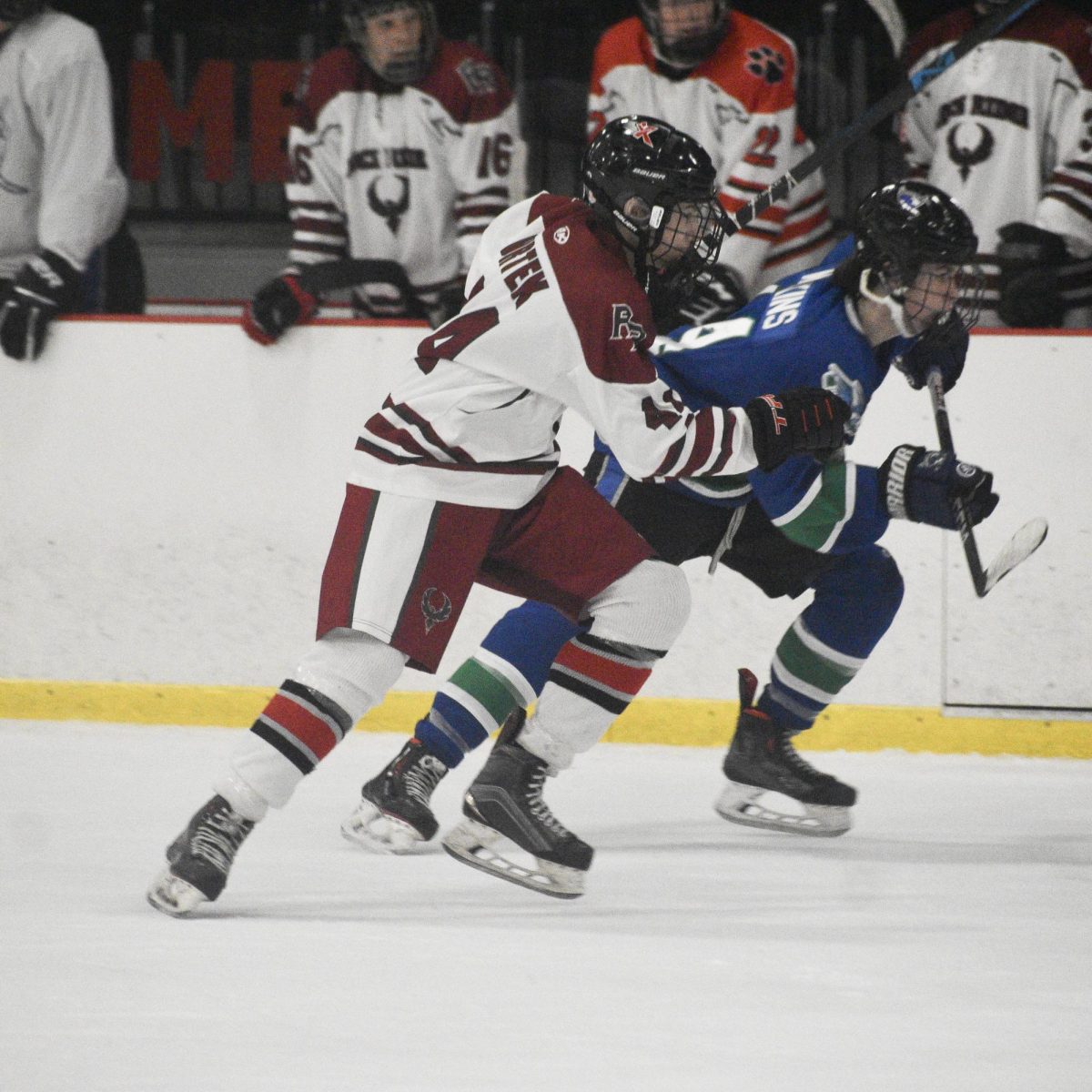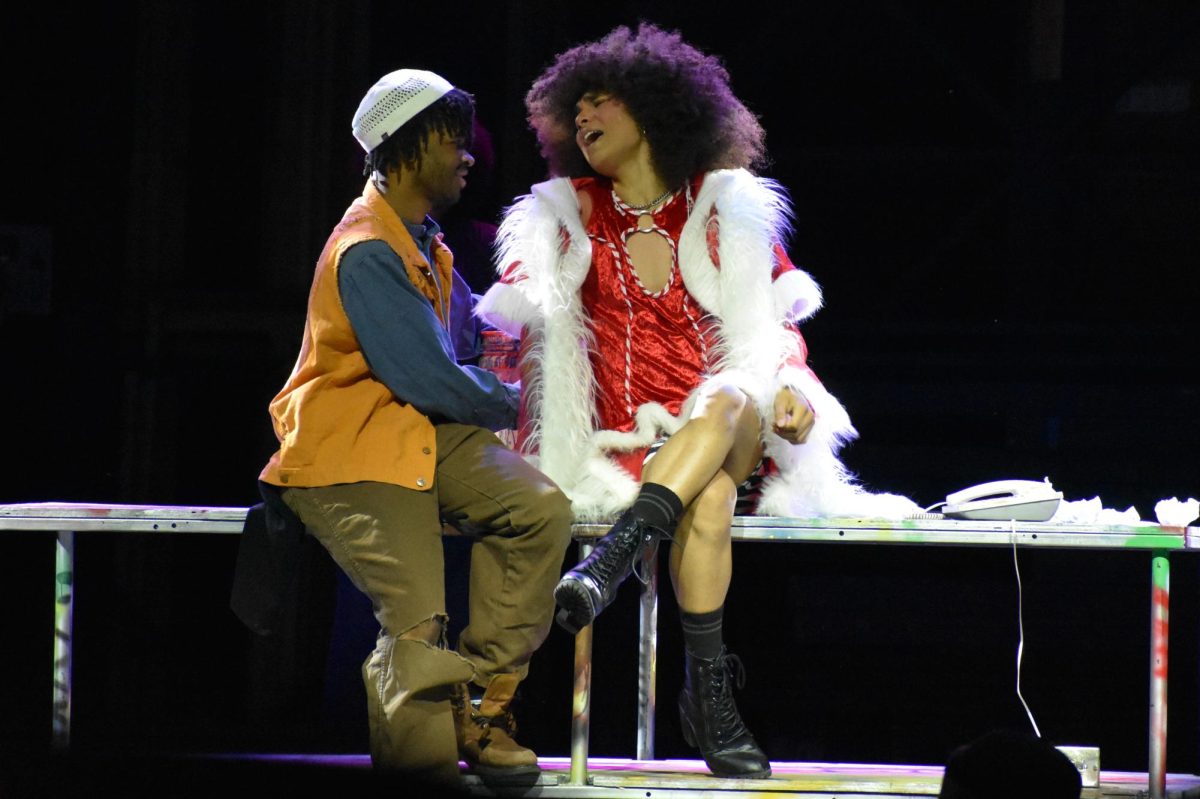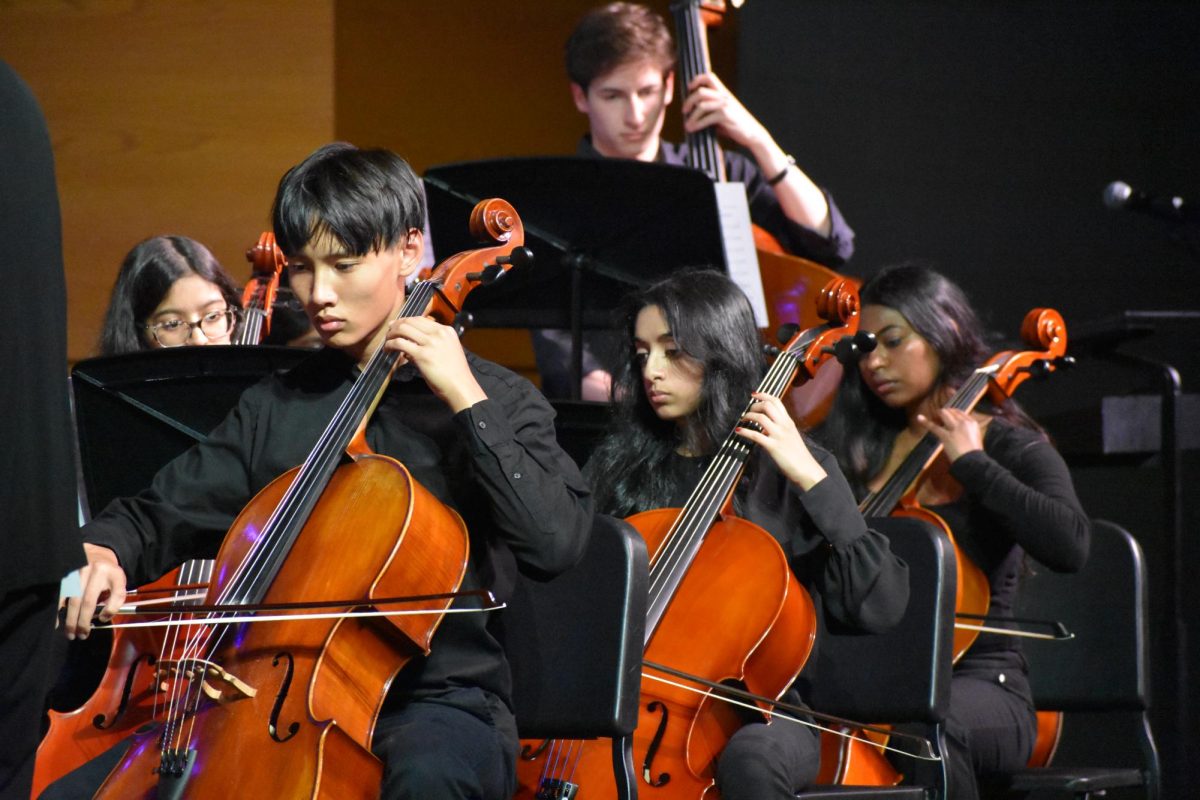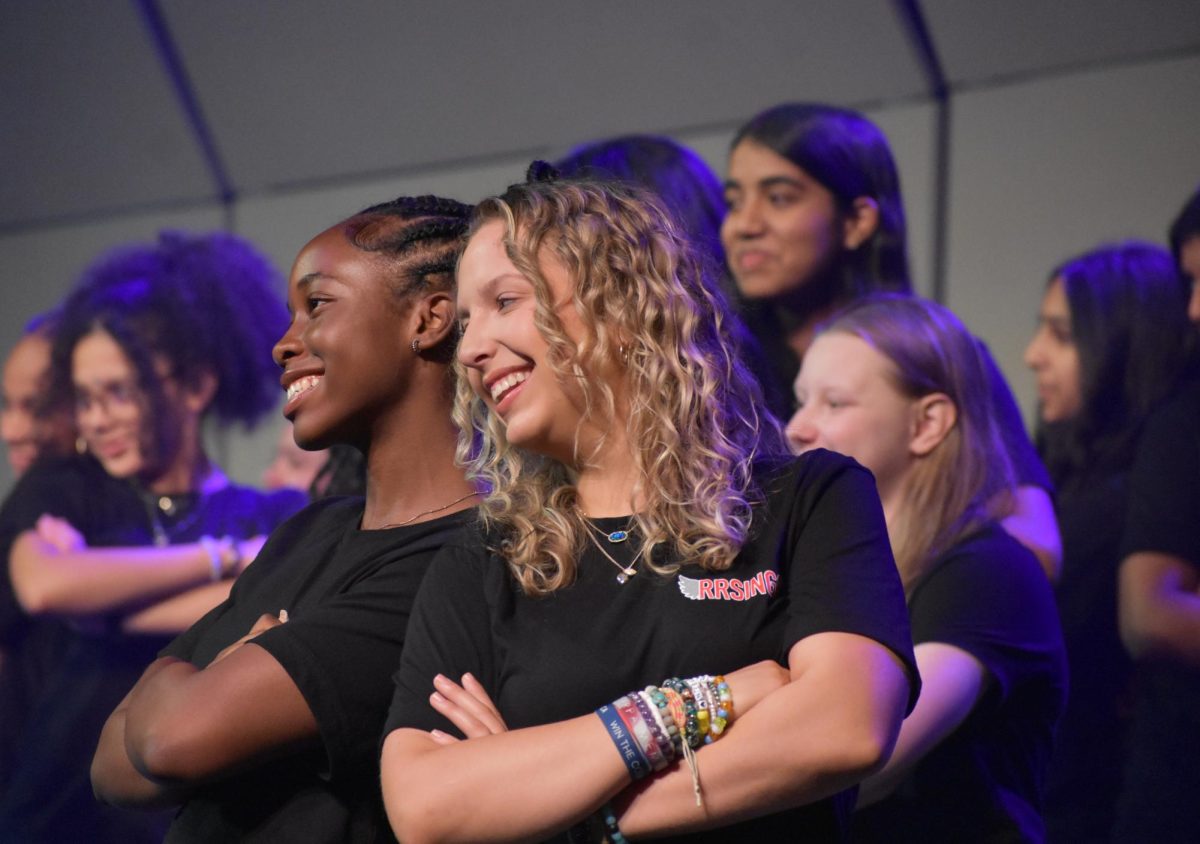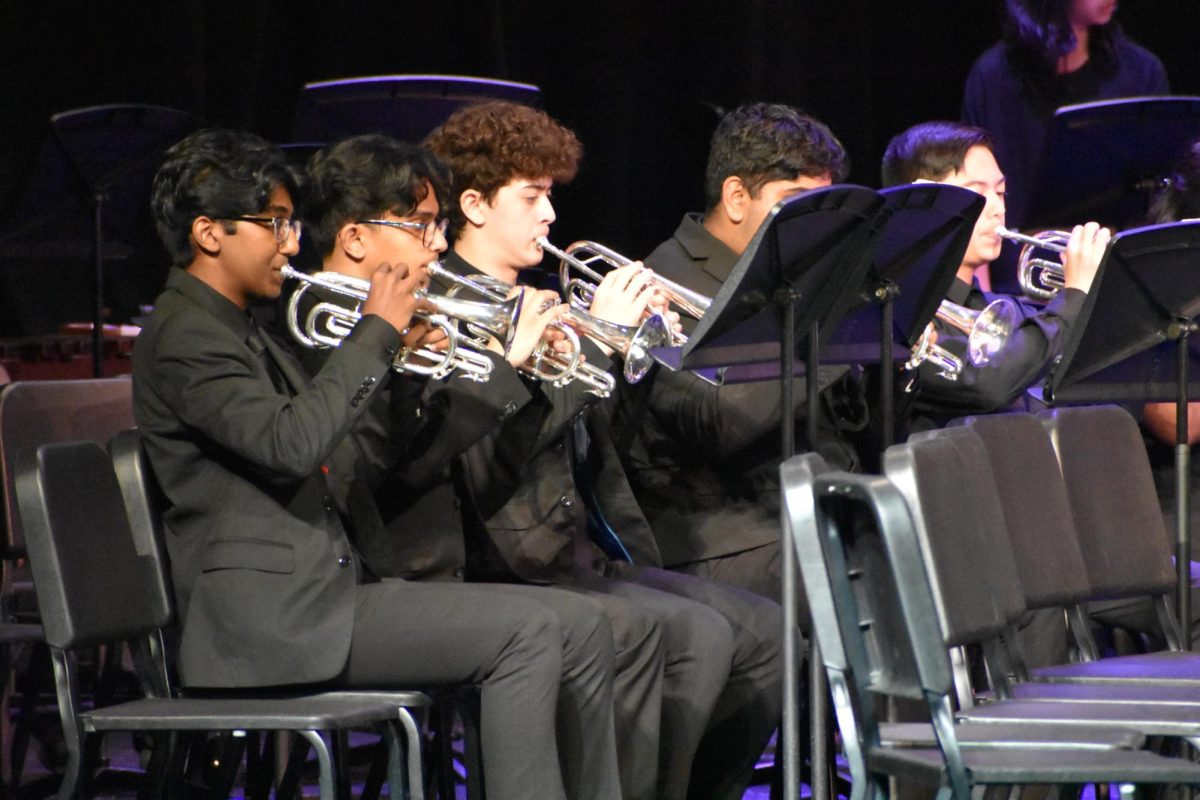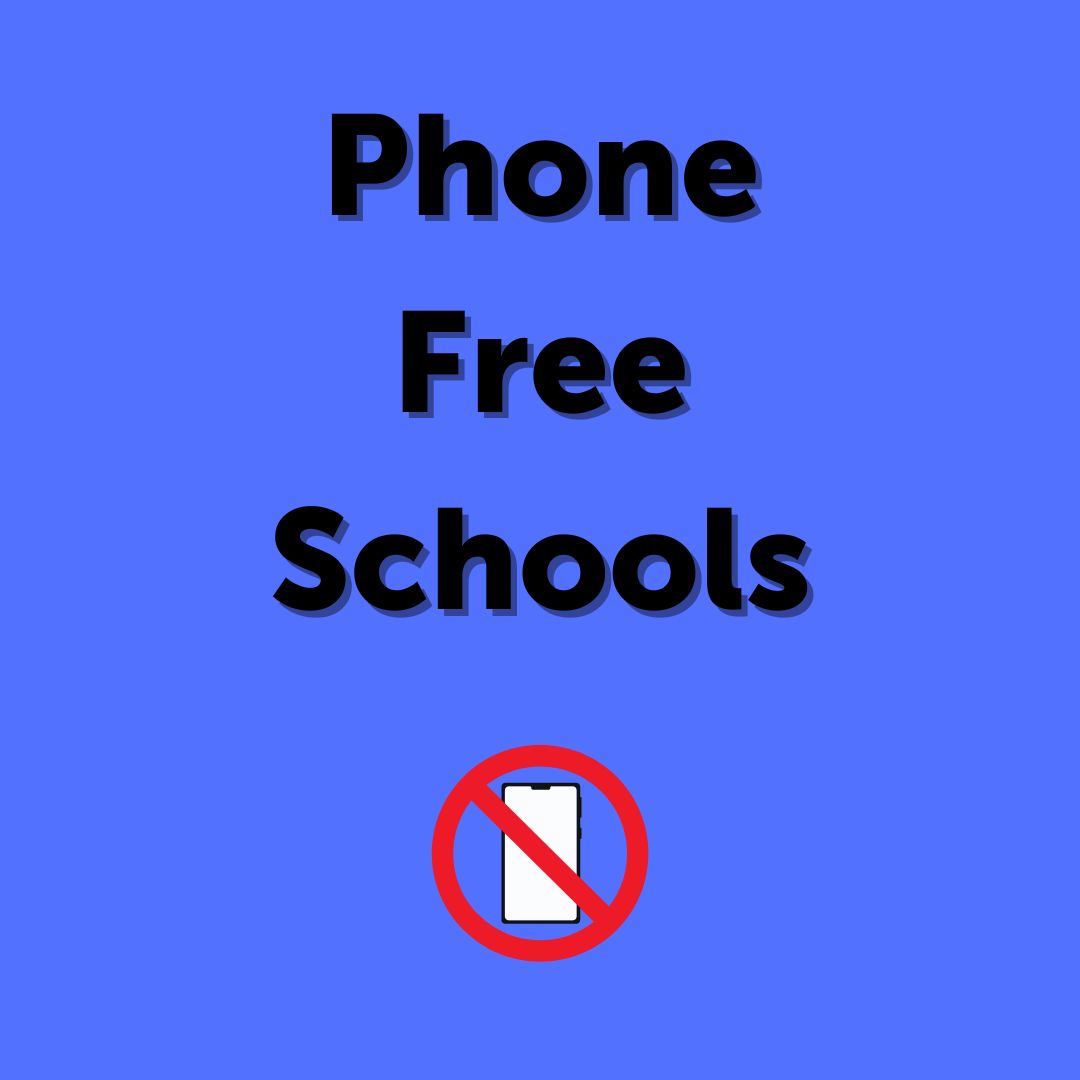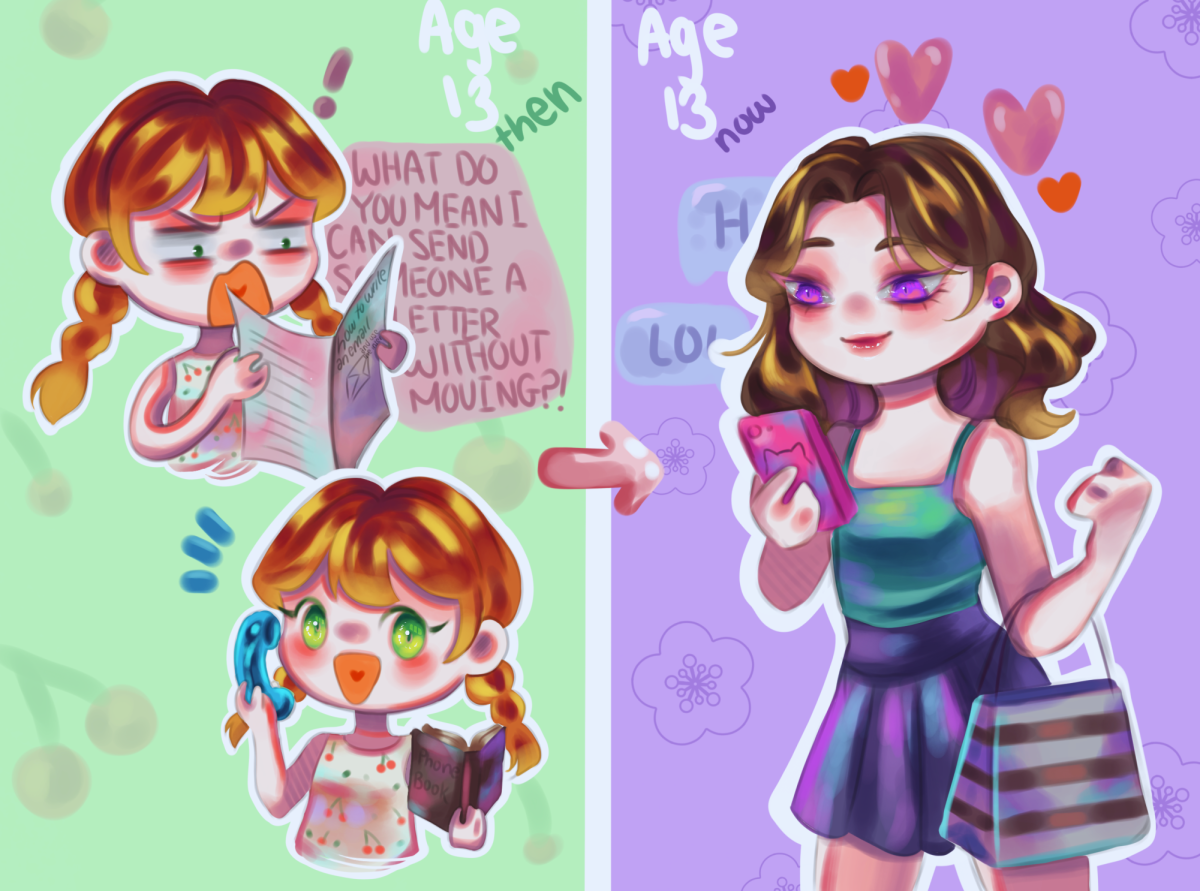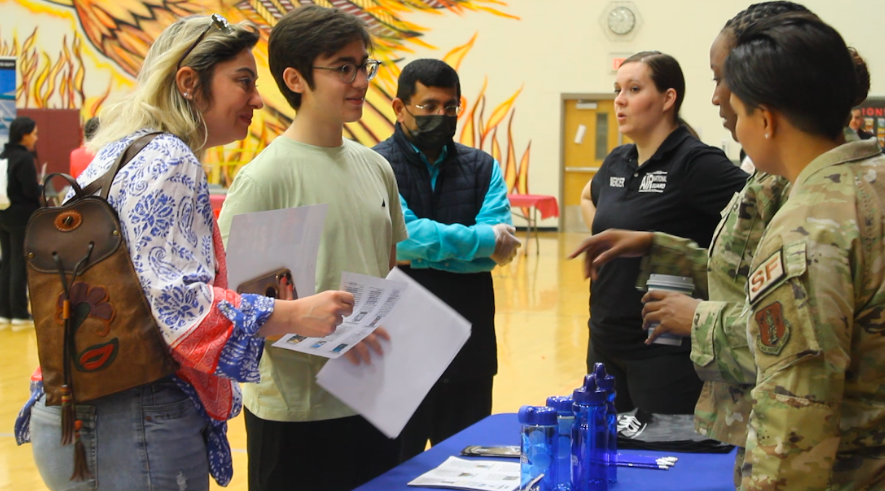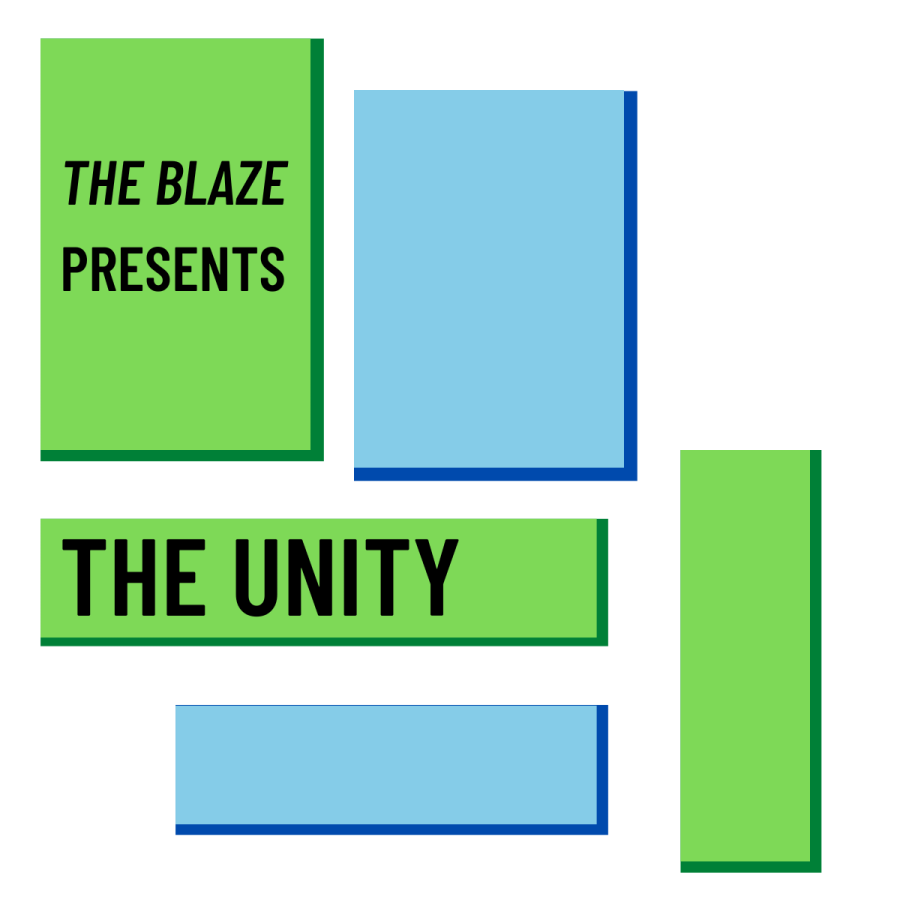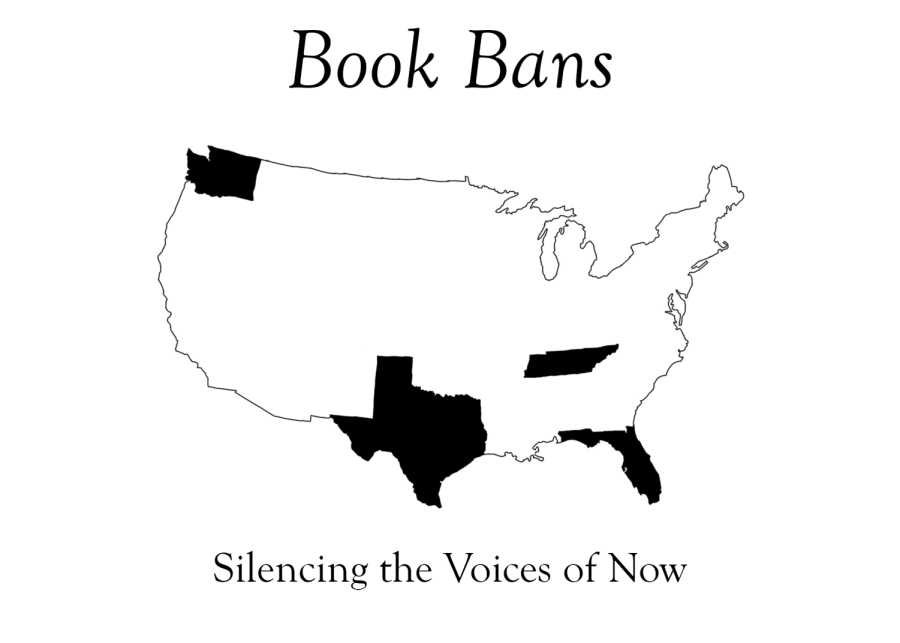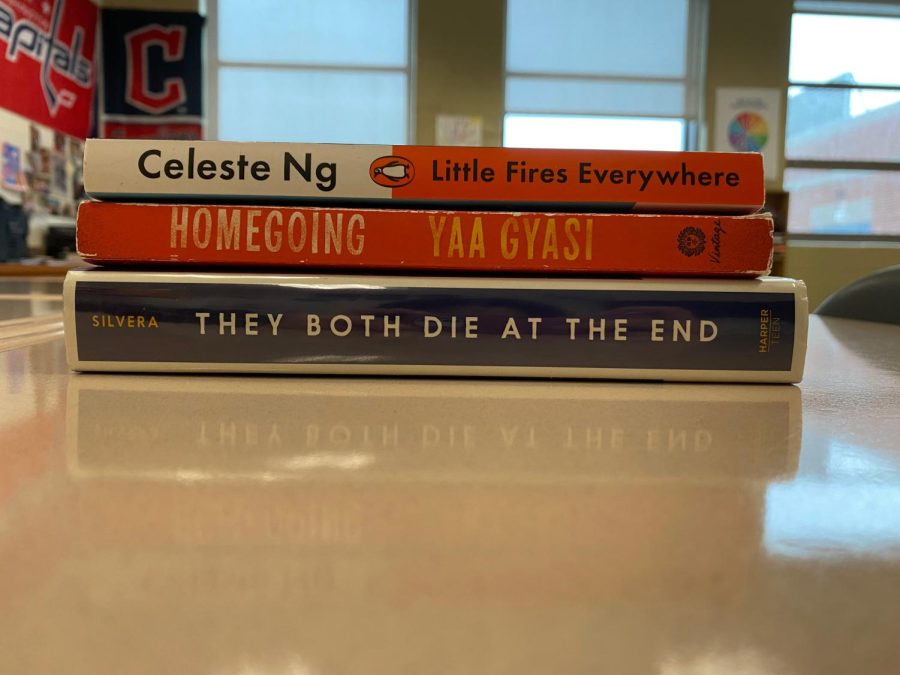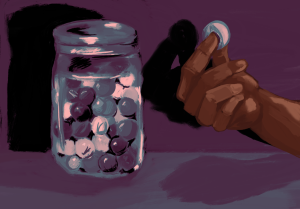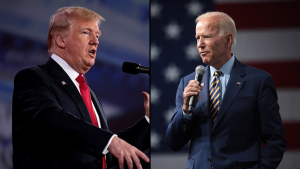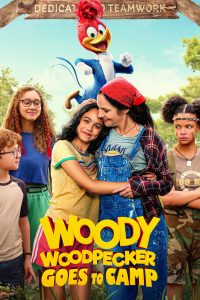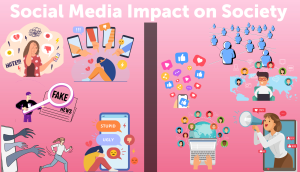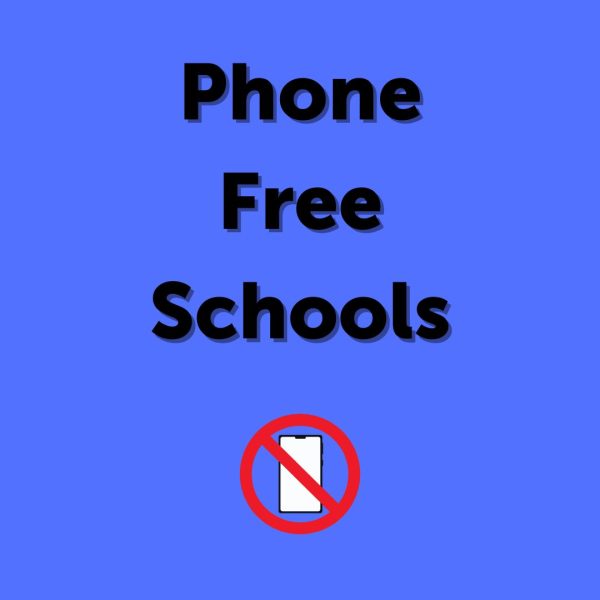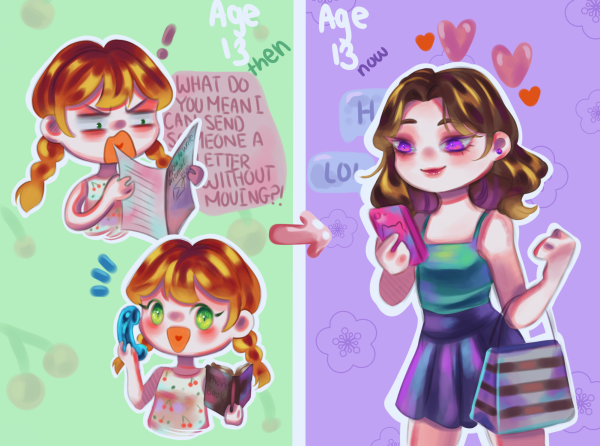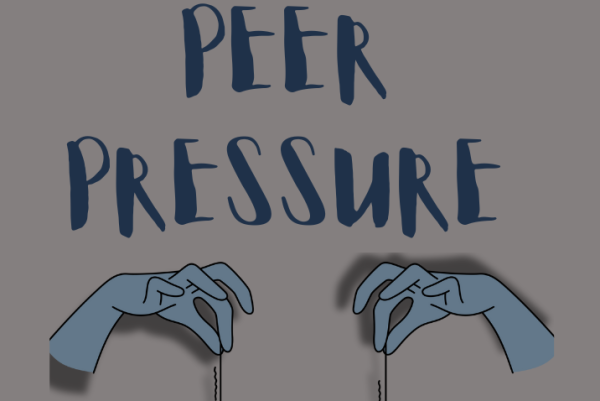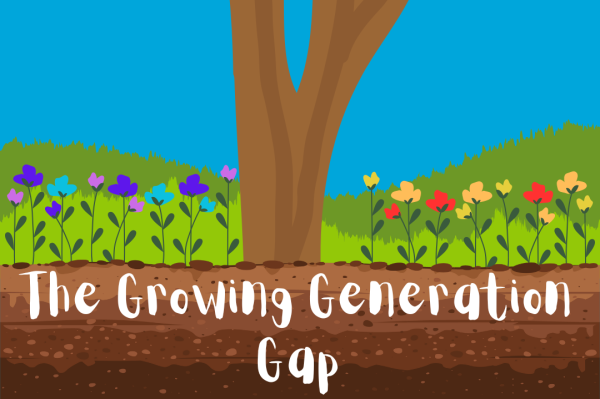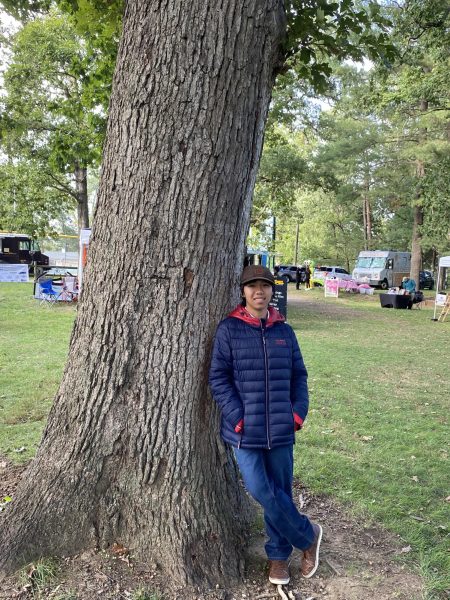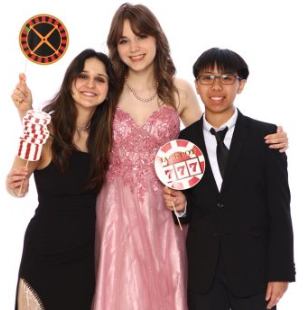Opinion: Banning Books: Ignorance in Action
As several states across the country continue to ban books, educators are concerned about banning books that are part of their curriculum.
“They Both Die At The End,” “HomeGoing,” and “Little Fires Everywhere” are some of the many books that are being challenged in a few states due to the “explicit content” contained within the pages.
June 10, 2023
In 2021, over 2,500 books were banned in 140 districts in 32 states. Continuing in 2022, over 1,650 titles were attempted to be banned or restricted by various groups nationwide. About 41% of banned books contain LGBTQ themes, 22% contain sexual content, 21% contain race and racism, and 40% include main characters of color.
With the trend of banning books increasing in recent years, the question still stands: Why weren’t the themes the parents presume are “inappropriate,” on their radar? Dual Enrollment and 10 Honors English teacher Tyler Anderson stated that growing up, he’d never had a discussion with his parents, friends, and teachers about banning books. “Looking back on it, I don’t think I read anything particularly controversial,” Anderson said.
Censorship Conundrum
When educators receive an issue of a book being banned in the classroom, it’s an immediate call for the classroom’s curriculum to start becoming “shaky and unstable.” Furthermore, it diminishes the educator’s ability to express their ideals about information in the classroom. The sense of fear of a parental figure stepping into the picture results in self-censorship. Censoring books is creating an ignorant society that allows people to think it’s okay to stop an idea from being heard. On top of this, it creates an environment where students are discouraged from sharing their opinion and ideas for fear of being silenced. “I think for parents, seeing these titles out of context feels like a lack of control,” Anderson said. “And they want to try to take it back, even if it means telling someone else’s kid that they shouldn’t [read the book].”
The Supreme Court in Board of Education, Island Trees Union Free School District v. Pico (1982) ruled that “public schools can bar books that are ‘persuasively vulgar’ or not fit for the curriculum, but they cannot remove books ‘simply because they dislike the ideas or content contained in them.” If the Supreme Court ruled that the public can’t ban books simply because of the content, then why do parents still want to override it?
Even though the Supreme Court ruled in Board of Education, Island Trees Union Free School District vs Pico (1982) that school officials cannot remove books from library shelves simply because they disagree with the content, parents may still feel that certain books are inappropriate for their children or for the school community. Furthermore, while the Pico case established that schools cannot remove books from their libraries solely because they dislike their ideas, it did not address the issue of parental objections to specific books. Parents have the right to voice their concerns about the material their children are exported to in school, and in some cases, they may be able to successfully challenge the inclusion of certain books in the curriculum or library collections.
Parental Perturbation
Anderson theorizes that the cause of the sudden surge in book-banning movements is a mixture of parents’ fear for their children’s safety and groups of individuals who wish to push their own agenda and ideals. During the pandemic, when school was online, many parents were able to overhear conversations between students and teachers on books that handled mature themes or contained content that was designed to make readers uncomfortable. These conversations could’ve been taken out of context or misinterpreted by parents who just wish for the safety of their children. Parents would then start framing teachers as teaching their children inappropriate topics from books not suitable for their age. Balakumar Packiriswamy, a father of an elementary schooler, believes that parents should have a say in what their children are exposed to. “In their early stages, they need a mentor to navigate [them] through that challenging teenage period,” Packiriswamy said.
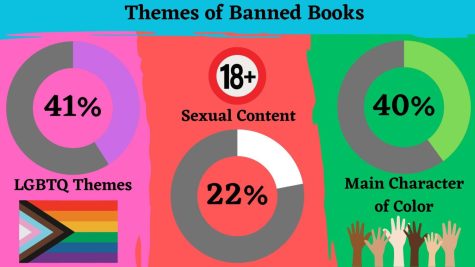
Some parents believe that teachers are “unprofessional” when it comes to teaching literature. “Every question is intentional, every lesson is intentional,” Anderson said. “And intentionality, I think, provides a space [that] allows us to have a safe space for students. So in terms [of] changing the curriculum, I don’t want that for you.” Anderson stated that some parents believe that teachers choose, or spawn, these books because of their own personal interest in the book. However, this is false, as all the books in the LCPS English curriculum are pre-chosen for the teachers to teach.
The problem isn’t the teacher’s “spawning a book” and discussing it with their students, which may contain explicit content, nor is it the children who are too worried about the content being given to them to be read. Rather, it’s the parents who are afraid of their children being exposed to what’s happening in the world. “It’s alarming to some parents to teach these types of books, because they never had these types of conversations or opportunities when they were younger,” Anderson said. Despite this, there’s a fine line between protecting children and influencing the mentality of an entire generation.
The Slippery Slope of Book Banning
It’s important to note that for schools and educators to uphold the principles of academic freedom and intellectual inquiry, they need to ensure that students have access to a wide range of viewpoints and perspectives. The decisions to ban a book should be based on careful consideration of its educational value, the context in which it is being used, and the potential impact on students and the community as a whole.
Banning a book leads down this slope of thinking that goes from “if this book needed to be banned, then this one also needs to be,” that keeps going on in a cycle and eventually starts affecting books that have no logical reasoning to be banned. The idea behind banning can always have good intentions backing it up, but more often than not, it’s ignorance and someone’s own agenda instead.
Students come to school to learn, develop, and grow with the resources provided to them by the faculty. If parental agendas come into the picture, the classroom syllabus has no meaning. The ability to teach students about the rising topics that are trending across the world is key to growth. When books are banned, it can limit student’s intellectual growth, creativity, and critical thinking skills. By preventing access to books, students may not be exposed to diverse ideas and viewpoints, which can stifle their personal and intellectual growth.
Solution Sighting
For many parents, the root of their concerns lies in their desire to protect their child from anything they view as unsafe or not age appropriate. However, this view of what can be considered dangerous or unsafe changes depending on generation to generation. What past generations saw as unsafe to them may seem harmless to their children. Likewise, this sentiment can be reversed with past generations seeing it as harmless with the newer generations seeing it as harmful. “Banning books, this was in the early 2000s, 2003 to 2006, wasn’t even on our radar at all,” Anderson said.
To handle a problem of clashing viewpoints that both understands and benefits all sides, you have to take a look at the aforementioned root of the concerns. Parents, more often than not, want to protect their children. Furthermore, if they have this sentiment they would also want to listen to their children as well. Ignorance comes from a lack of understanding or knowledge of something that turns into irrational fear or hatred. To combat ignorance, students need to talk with their parents about the content of the book. Educate them on what it truly means and how it’s beneficial for the students’ academic futures.
This path goes both ways as well, as parents have the responsibility to listen to their children and genuinely understand where they’re coming from. It is both unfair and unreasonable for parents to write off what their children say as “being too young to understand,” and just demonstrates the parents’ own ignorance in the content of the material and the character of their children.

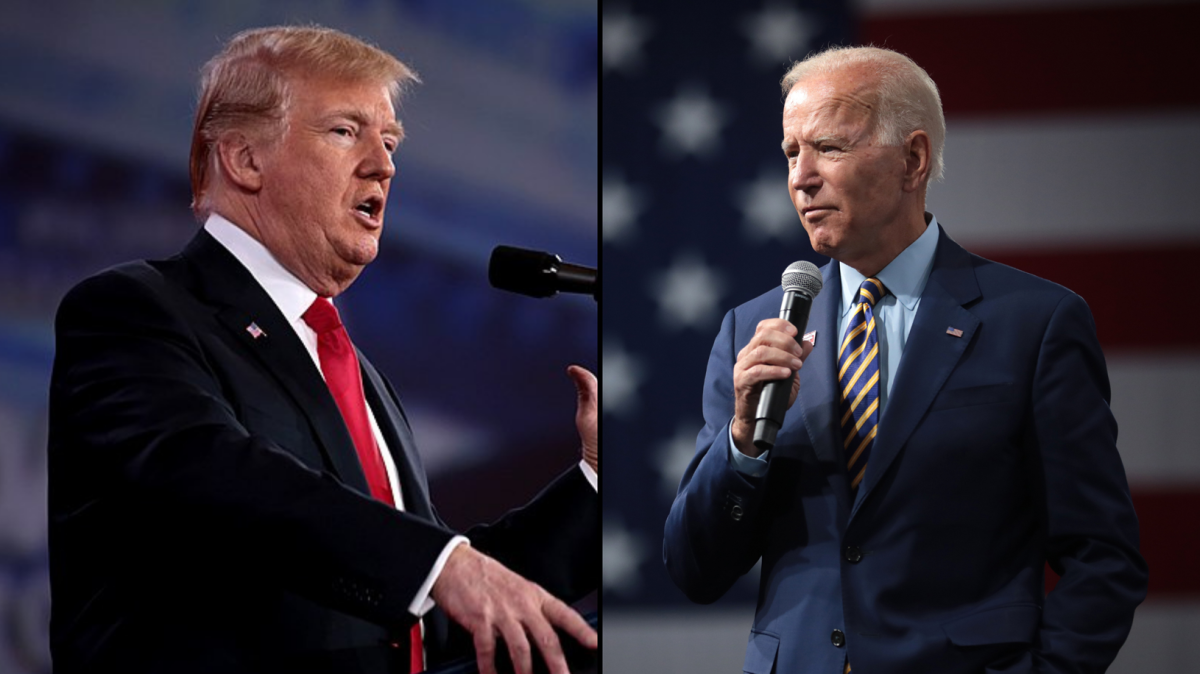

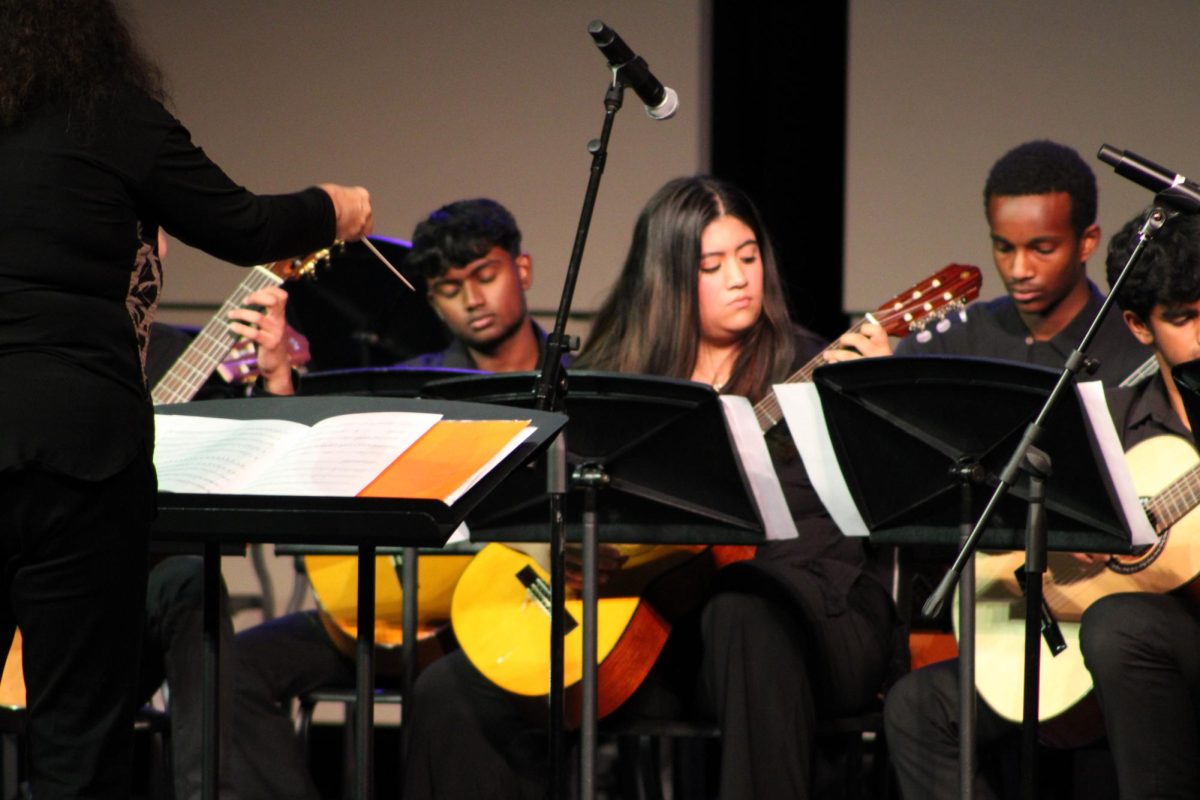
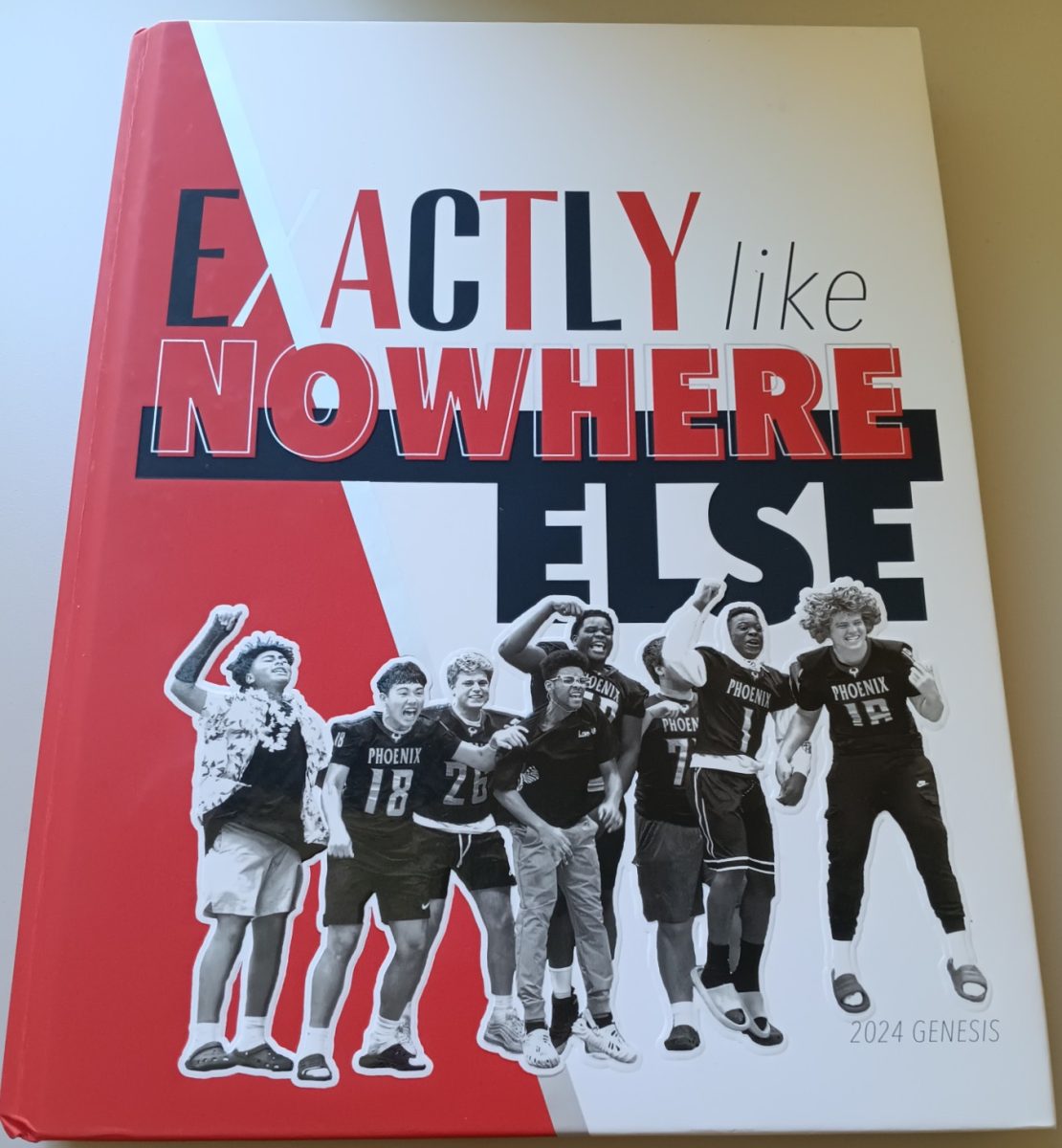
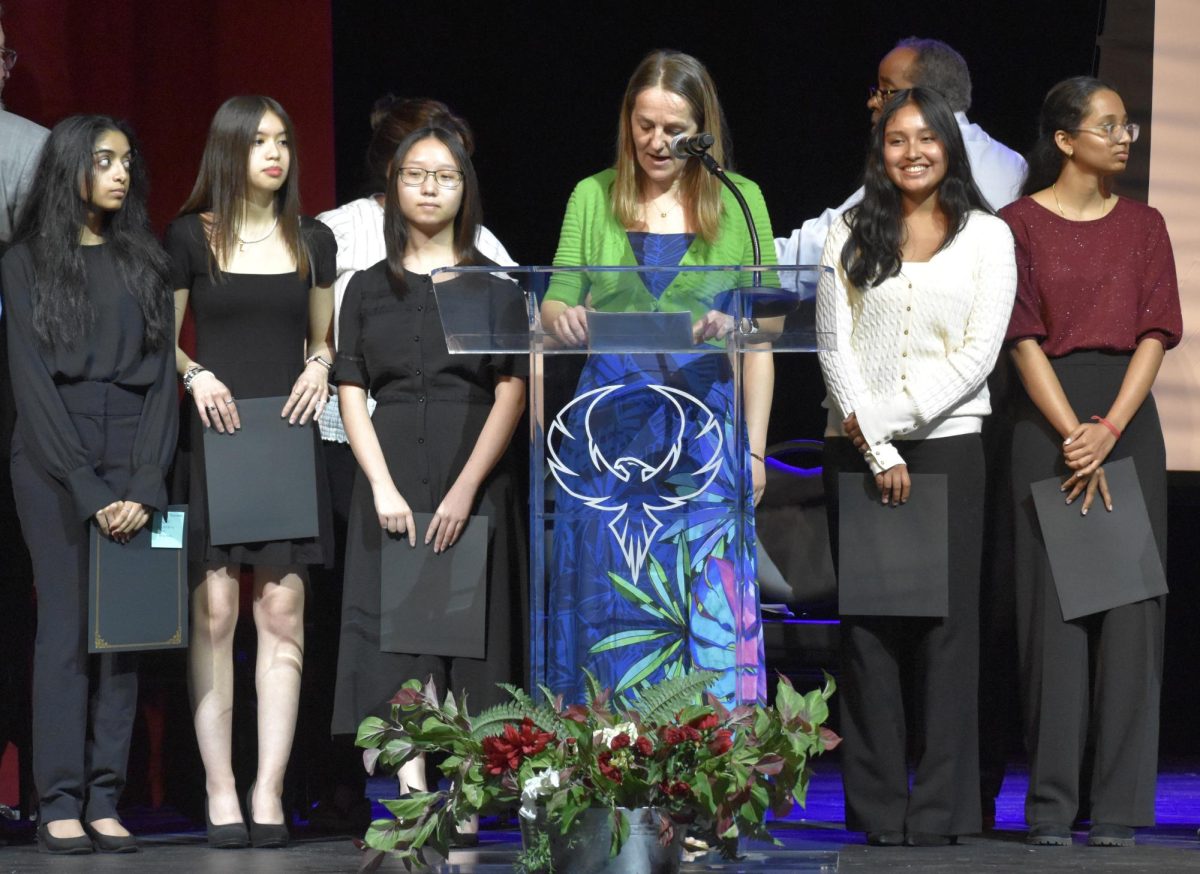
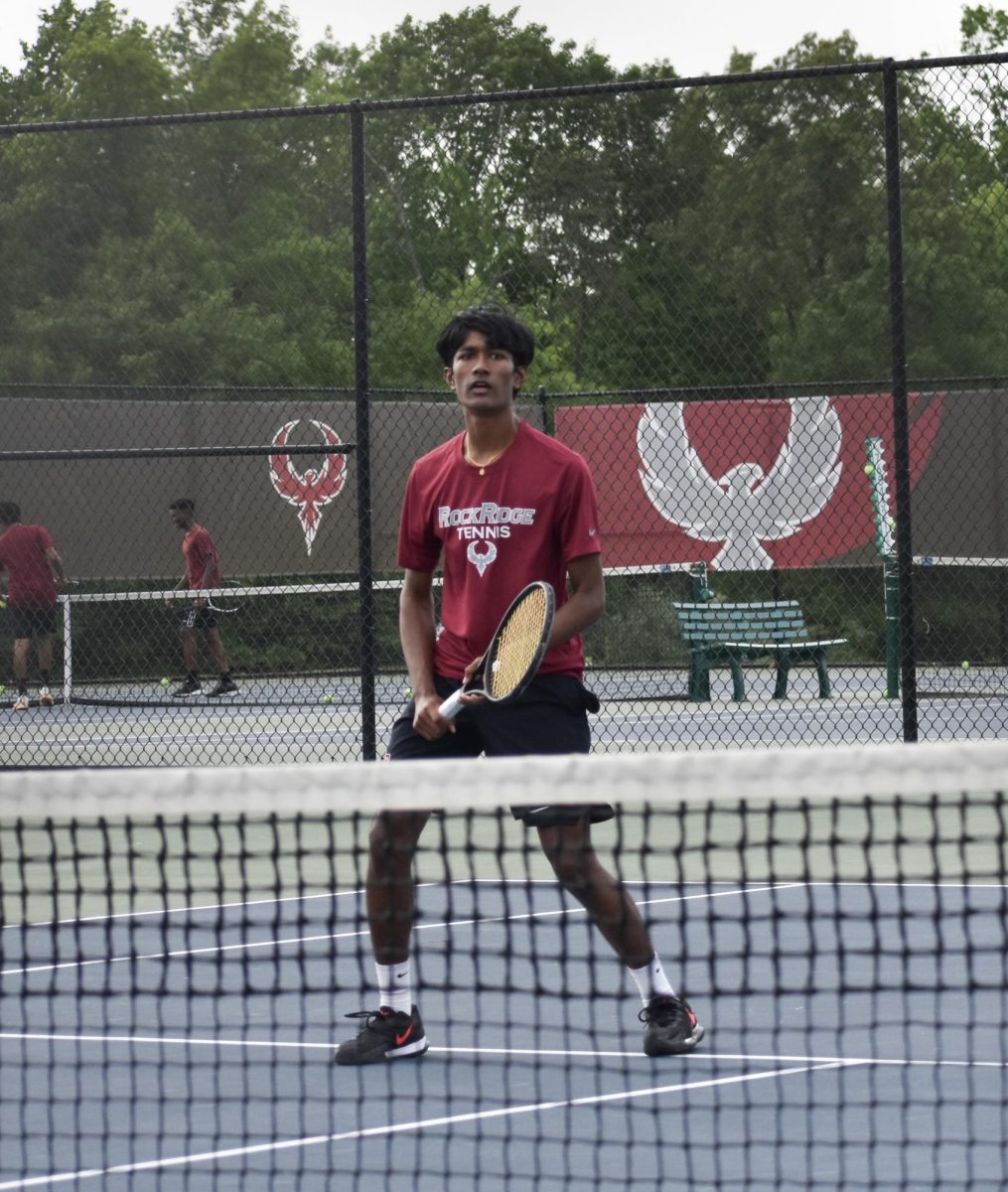



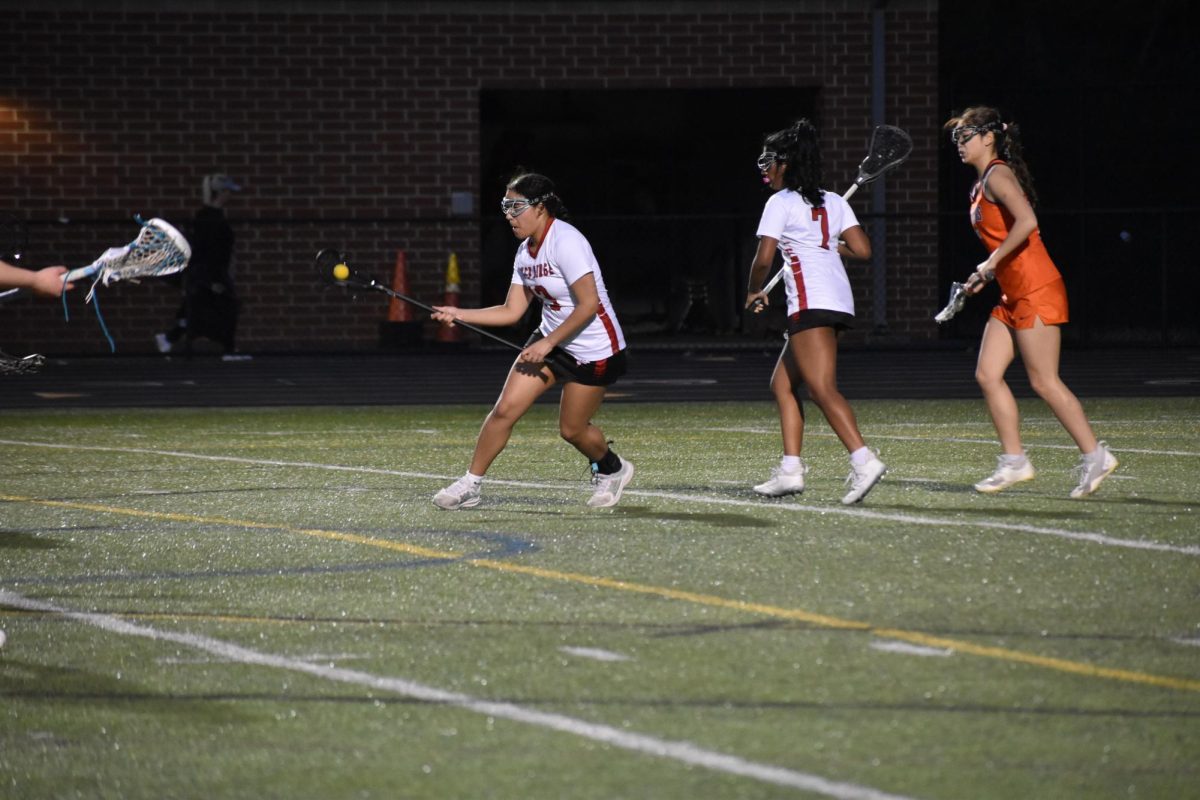


![Held up by a group of cheerleaders, flyer sophomore Leyu Yonas poses as part of a stunt, also supported by flyer junior Shayne Mitchell behind her. (Left) Prior to the pink out football game on Oct. 13, the athletes practiced in the aux gym from 5 p.m. to 6:30 p.m. (Right) On Oct. 19, the cheerleaders competed in their District Championships at Woodgrove High School. “We definitely put all our effort on the mat [at Districts], and it showed,” Mitchell said. Left: Photo by Nadia Shirr. Right: Photo by Steve Prakope via Victor O’Neill Studios.](https://theblazerrhs.com/wp-content/uploads/2023/11/feature-image-1200x823.png)
![Sophomore Xavier Smith (6), the Phoenix quarterback, runs the ball as his teammates help hold up the defense. “My [offensive] line collapses, so I just [have to run], and its a good way to get first downs because [Tuscarora’s] defense was really good,” Smith said.](https://theblazerrhs.com/wp-content/uploads/2023/11/IMG_5383-1200x897.jpg)
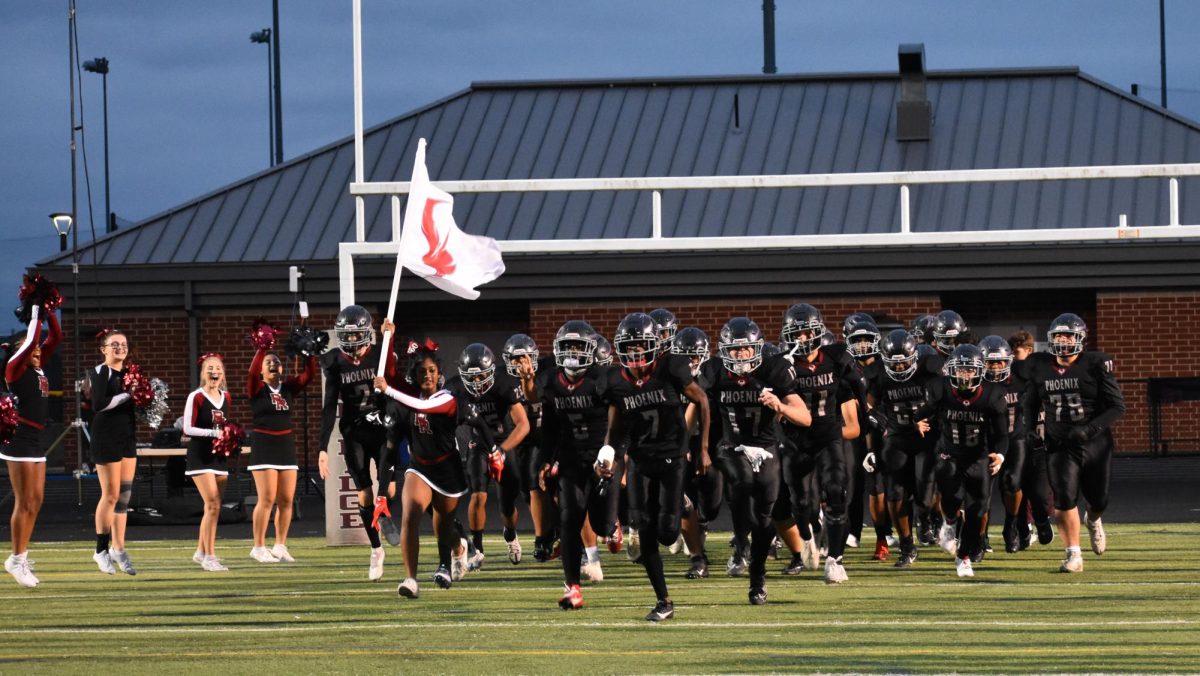
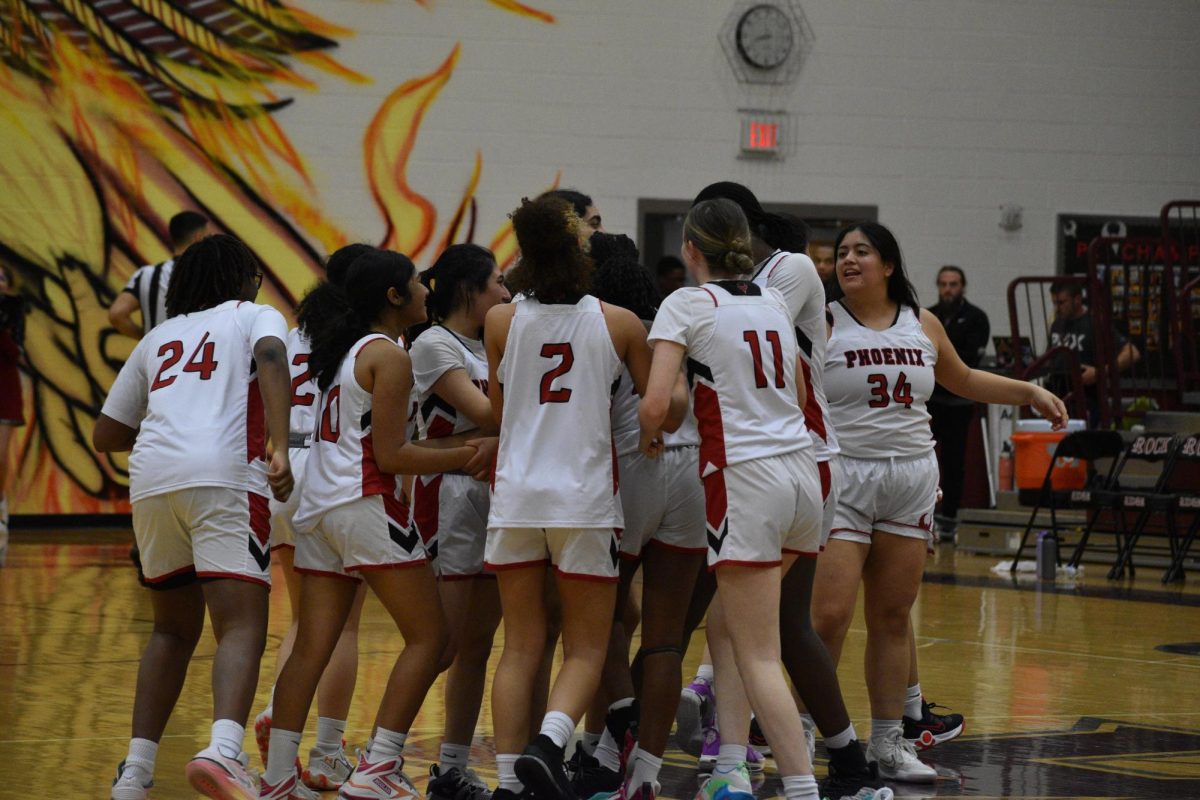
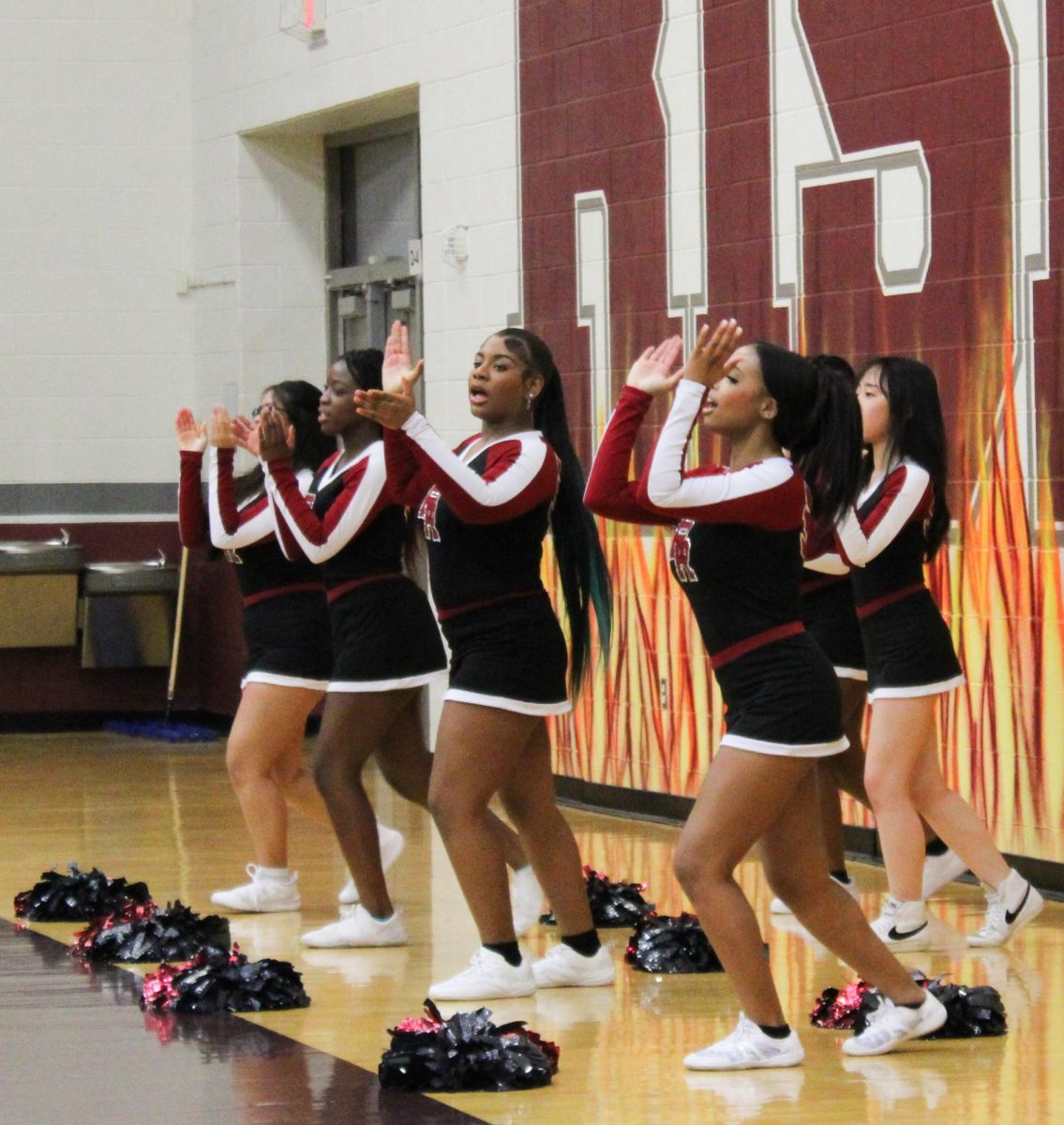
![As the referee throws the ball up for the tip-off, freshman Simone Diby leaps towards the ball to get it in Phoenix possession. Diby is a new member of the Phoenix girls basketball team, and despite it being a change, she finds it enjoyable. “It’s definitely a different experience if you’ve never played on a team, [but] I think it’s still fun.”](https://theblazerrhs.com/wp-content/uploads/2024/03/DSC_0057-1200x662.jpg)
